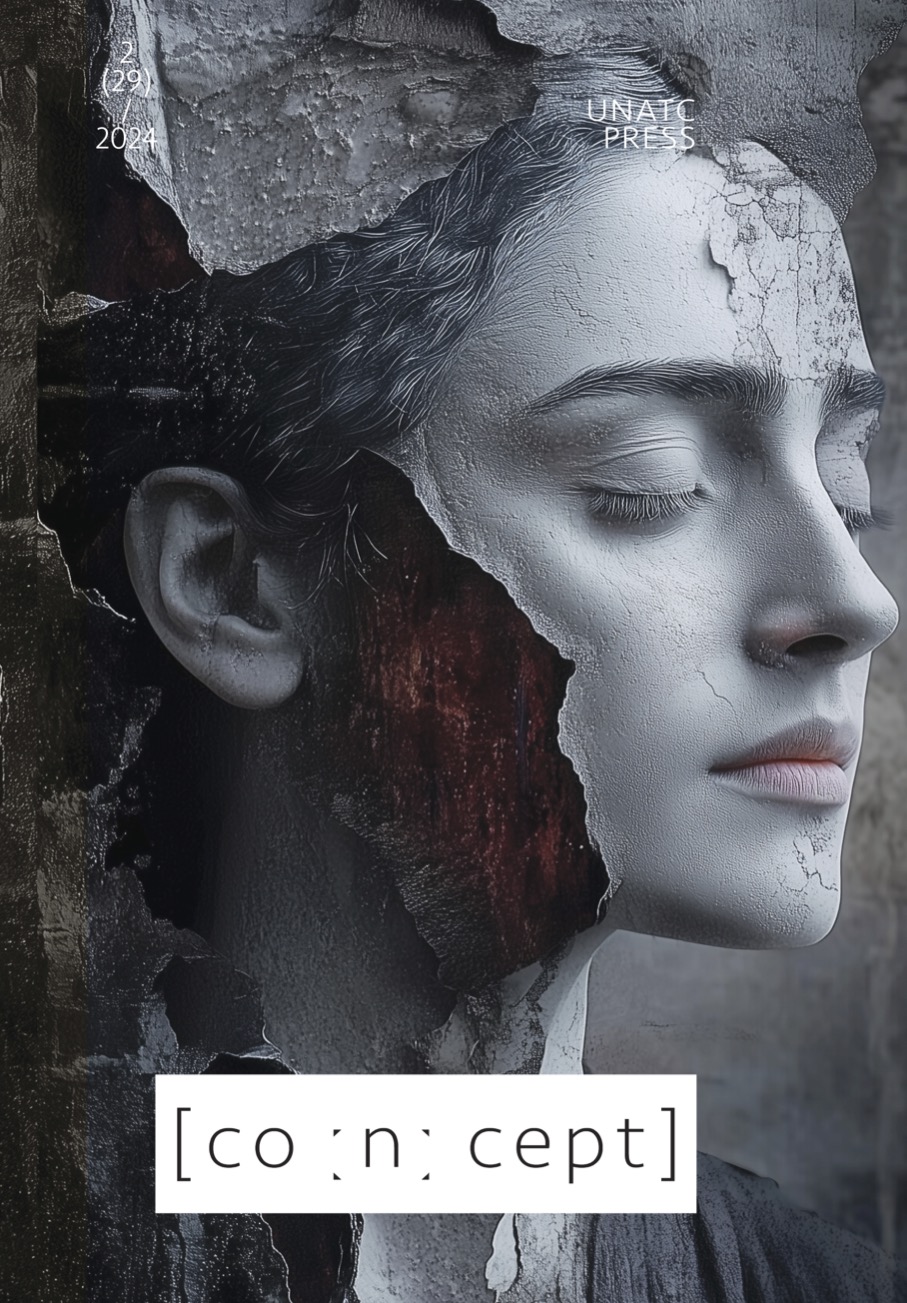From the Small Village Community to the Inaccessible Land of Postmodernism: Papadiamanti’s The Murderess and H. Müller’s Medea Material
From the Small Village Community to the Inaccessible Land of Postmodernism: Papadiamanti’s The Murderess and H. Müller’s Medea Material
Author(s): Despina KosmopoulouSubject(s): Theatre, Dance, Performing Arts, Fine Arts / Performing Arts, Aesthetics
Published by: Universitatea de Teatru si Film »I.L. Caragiale« (UNATC)
Keywords: Euripides; Medea; Alexandros Papadiamantis; The Murderess; Heiner Müller, Medea Material; intertextuality; critical reception;
Summary/Abstract: Medea follows a dangerous and destructive course, accompanied by the element of death and horror. She kills her brother and children for Jason’s love. She has been described as having commited infanticide, a brutal murderess, rebellious and mentally disturbed. Her personality is scary as well as fascinating. She travels through the centuries and meets important creators who retell her story from their own perspective. Centuries later, Alexandros Papadiamantis would write about his own murderess, infanticide and psychologically unstable woman, Hadoula Fragogiannou, who, living in unbearable oppression, does the unthinkable. She kills little girls to redeem them. Half a century later, Heiner Müller, in the context of a new theatrical convention, that of metadramatic theatre, presents Medea as a material cause, as an active agent, who takes fate into her own hands. The title of Medea Material is indicative of how he perceives Euripides’ myth. How do the two female figures of Medea and Fragogiannou converse? What are the points where their stories meet or diverge?
Journal: Concept
- Issue Year: 29/2024
- Issue No: 2
- Page Range: 17-30
- Page Count: 14
- Language: English

